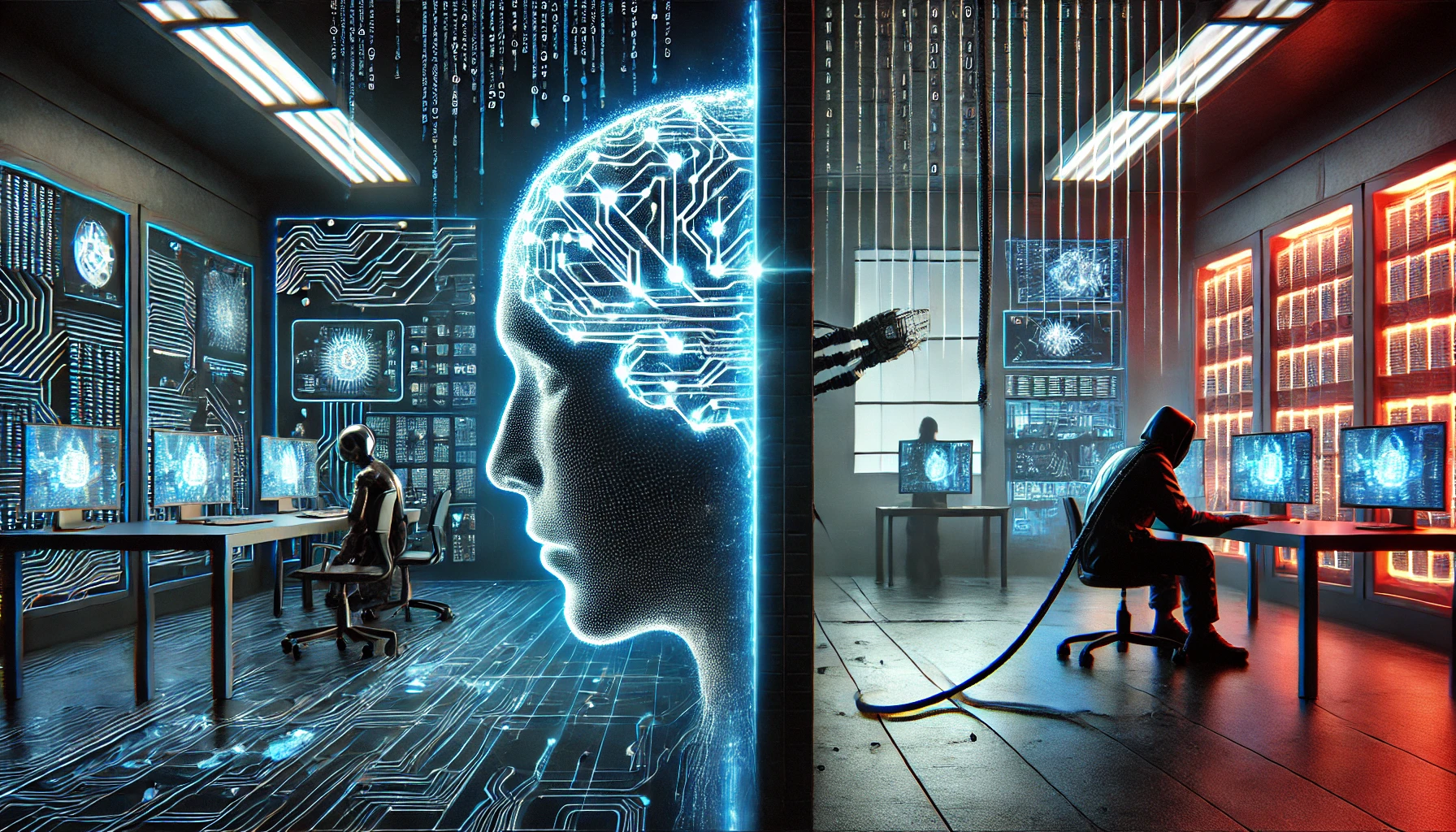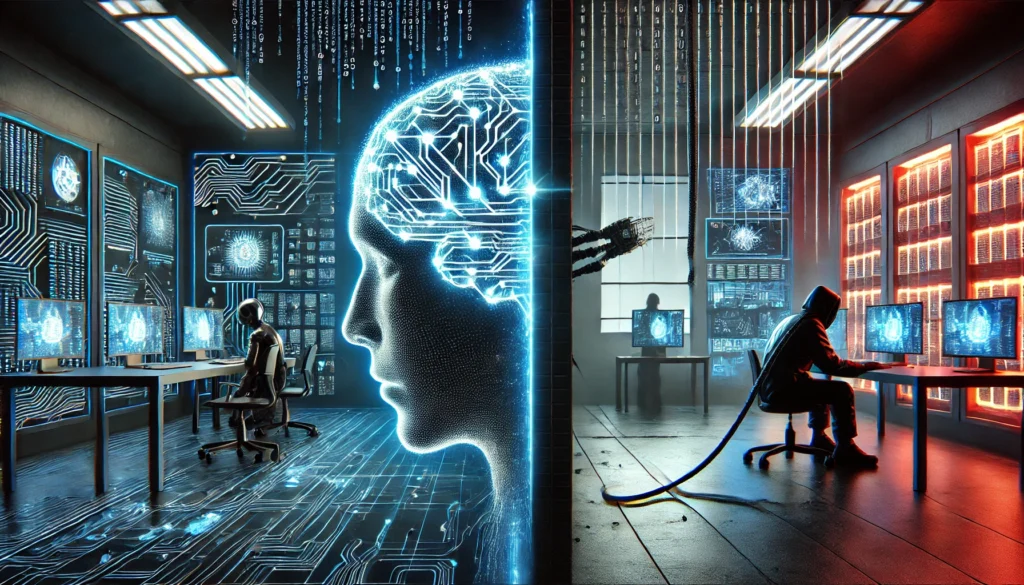04 February 2025
The Rise of AI Piracy—A Hidden Threat

Imagine pouring billions into developing the most sophisticated AI model, only for someone halfway across the world to “distill” it, pirate its essence, and release a knockoff that’s cheaper, open-source, and celebrated as revolutionary. That’s not just theft—it’s a paradigm shift that could stunt global innovation.
DeepSeek’s R1 is the embodiment of this new reality. Its open-source debut shook the markets, wiping out over a trillion dollars in market cap, but the frenzy isn’t due to its brilliance—it’s because of its implications.
Here’s the kicker: R1 didn’t emerge from sheer ingenuity alone. It allegedly hijacked OpenAI’s outputs through knowledge distillation, reducing the original billions-worth of R&D into something others could copy, tweak, and release without the same investment.
It’s the AI equivalent of torrenting premium software but with far greater economic and strategic stakes.
Why This Signals a Shift in Cybersecurity and Innovation
AI piracy isn’t just a business threat—it’s a cybersecurity issue, because when intellectual property theft happens at this level, it’s not just the tech giants that suffer. The ripple effects hit every enterprise relying on innovation-driven growth. With competitors reverse-engineering breakthroughs, the incentive to innovate dwindles.
If OpenAI or any other company can’t secure a return on their multi-billion-dollar R&D, future advancements will slow. This isn’t just bad for business—it’s bad for humanity, which stands to benefit from AI-driven breakthroughs in medicine, energy, and beyond.
AI Piracy and National Security: The Unseen Battle
Washington imposed several rounds of export restrictions to limit China’s access to advanced AI hardware, but hardware isn’t the bottleneck anymore. R1 proves that with the right knowledge distillation tactics, China can stay competitive—even when limited to lower-grade chips—by leeching off publicly available AI models.
This changes everything. Future AI innovation may become shrouded in secrecy, not to protect profits but to safeguard national security. Open-source AI might go extinct, replaced by guarded, locked-down systems.
The U.S. might prioritize strategic AI development over consumer-friendly products, focusing on military applications and secure deployments.
Where Do We Go From Here?
Cybersecurity will need to evolve alongside this AI piracy trend. Protection won’t just be about firewalls and encryption—it’ll include safeguarding proprietary algorithms, ensuring data provenance, and implementing stricter access controls on model training outputs.
Just like intellectual property laws evolved to protect digital assets, cybersecurity policies will need to adapt to this emerging form of intellectual property theft.
What Can Companies Do Today?
- Guard training outputs and data pipelines: Companies must treat training data and outputs as critical assets, employing digital watermarking and monitoring to detect unauthorized model usage.
- Collaboration with policymakers: Tech leaders should work closely with governments to develop international standards and regulations addressing AI piracy and its impact on innovation.
- Cybersecurity as a proactive investment: The future winners won’t be those who just develop great AI models, but those who can also protect them. Investing in cyber threat intelligence specific to AI models will be a necessity, not a luxury.
Final Thought: The Cost of Free
The age of AI piracy reminds us of a hard truth: free often comes at a cost.
In this case, the cost may be stifled innovation, tighter control over technological advancements, and a shift in global power dynamics.
In the world of cybersecurity and national security, protecting intellectual property isn’t just about protecting profits—it’s about safeguarding the future of entire industries and, perhaps, nations.

